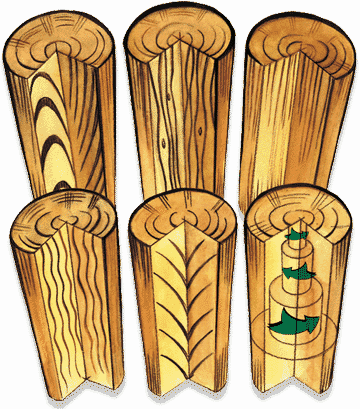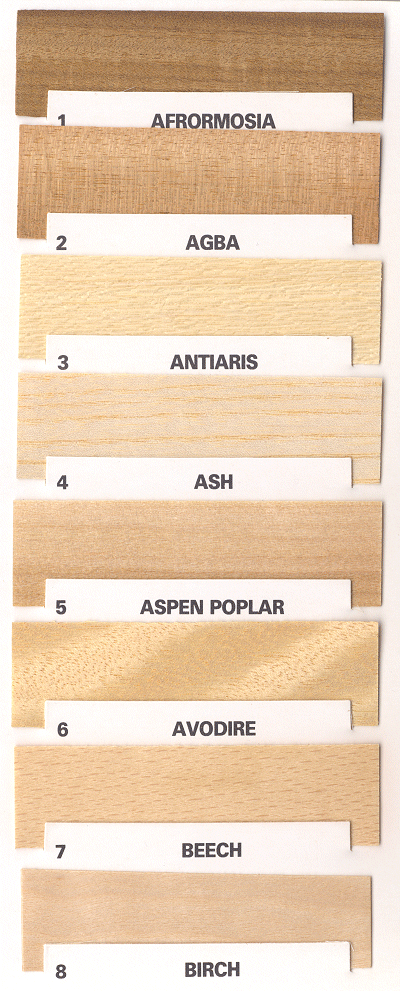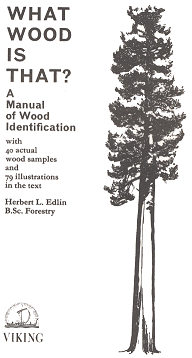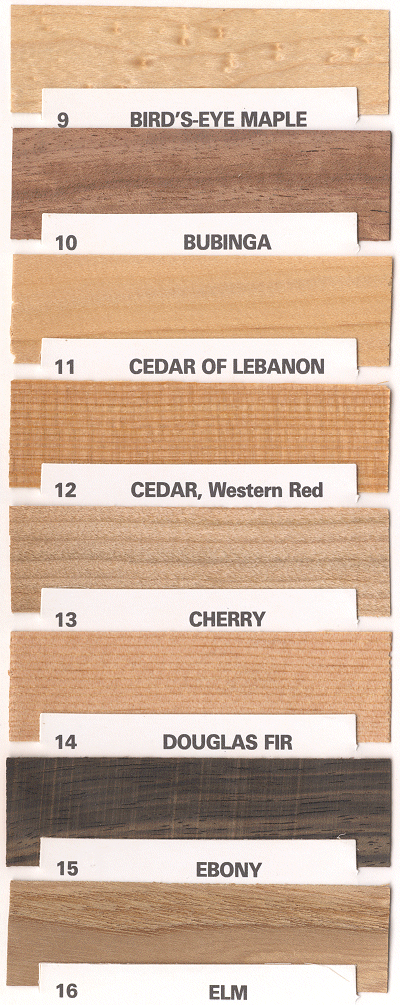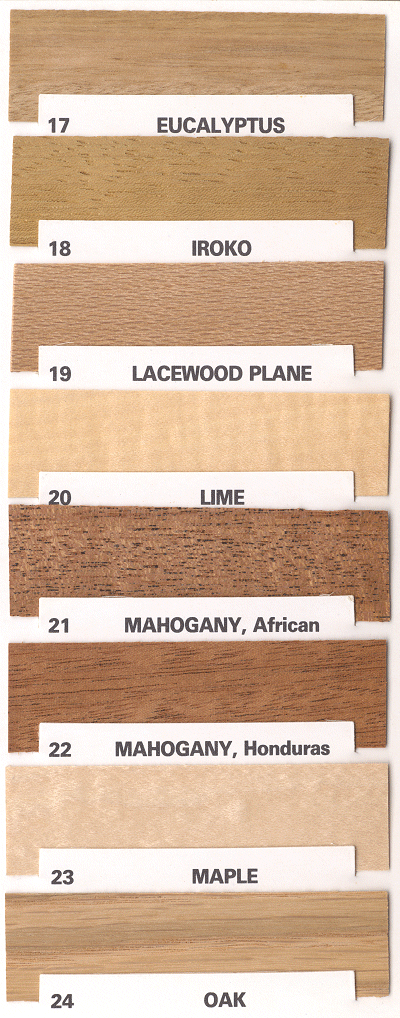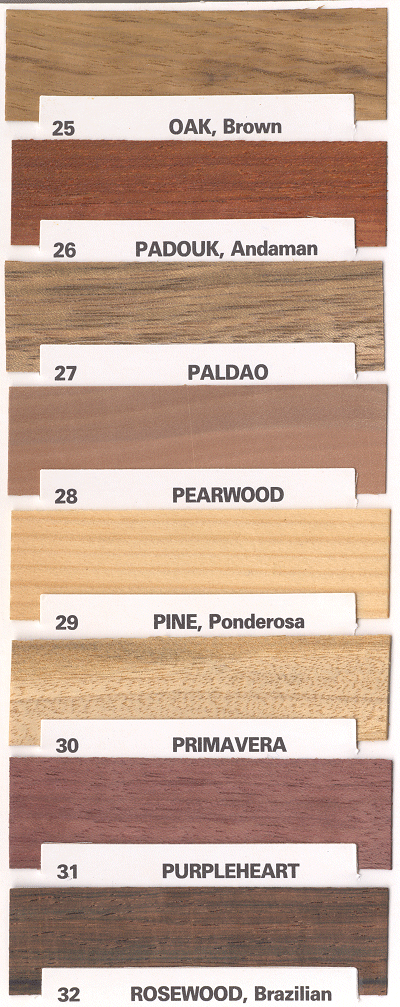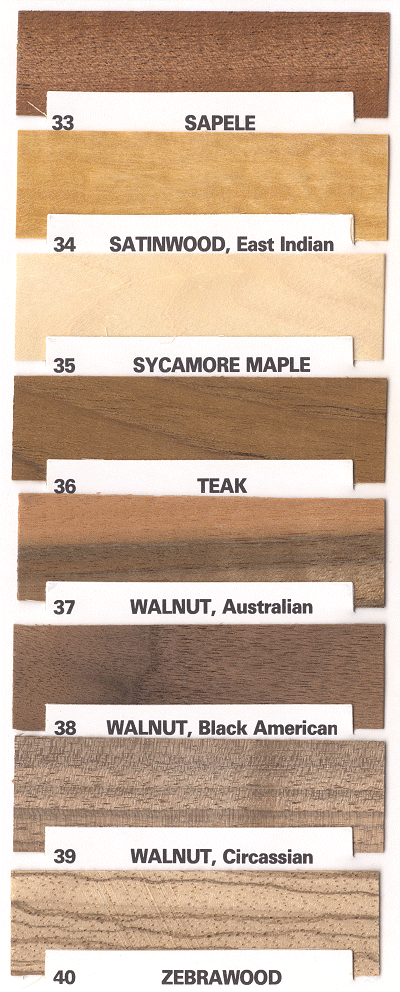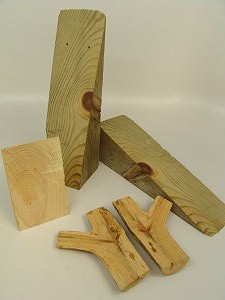 |
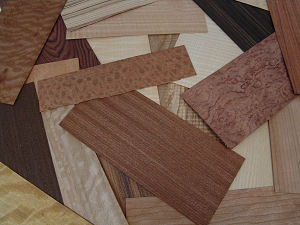 Jeff Thomas, 2010 |
|
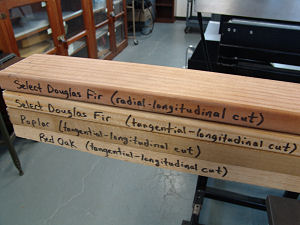 |
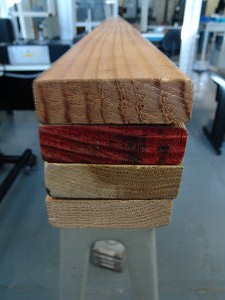 |
|
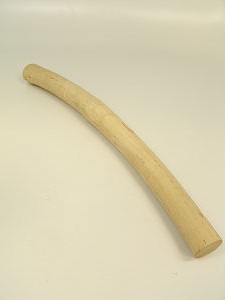 |
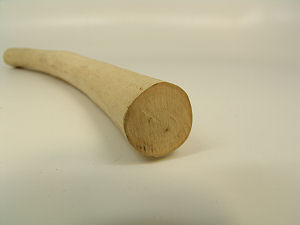 |
|
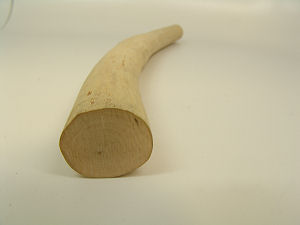 |
from Lowe's...
Two boards of the same species can look very different. Each tree has its own grain pattern. This is the direction in which the wood cell fibers grow. These variances in grain direction can have a significant impact on the project you're working on.
The grain direction is important to consider when building both structural projects or decorative projects such as furniture or crafts. For instance, when working on a structural application, a straight-grained board is generally the strongest. In more decorative projects, grain with varying characteristics can add beauty and personality to your final result.
Grain pertains to the wood-cell fibers' orientation. There are six general types of grain:
| DIAGONAL GRAIN | SPIRAL GRAIN | STRAIGHT GRAIN |
| When a straight-grained log is not sawn along its vertical axis, diagonal grain is the result. | When trees grow twisted, spiral-grained logs and subsequent boards are produced. Fibers follow a spiral course with a twist that is either left- or right-handed. | The board's fibers run approximately parallel with the vertical axis of the log from which it originated. |
|
|
||
| WAVY GRAIN | IRREGULAR GRAIN | INTERLOCKED GRAIN |
| This type of grain results when the direction of wood fibers has constantly changed. | Boards of this type have fibers at directions that are varying and irregular from the log's vertical axis (for example: fibers around knots). | Boards with this grain result from trees whose fibers lined up in opposite directions in each growth year. |
